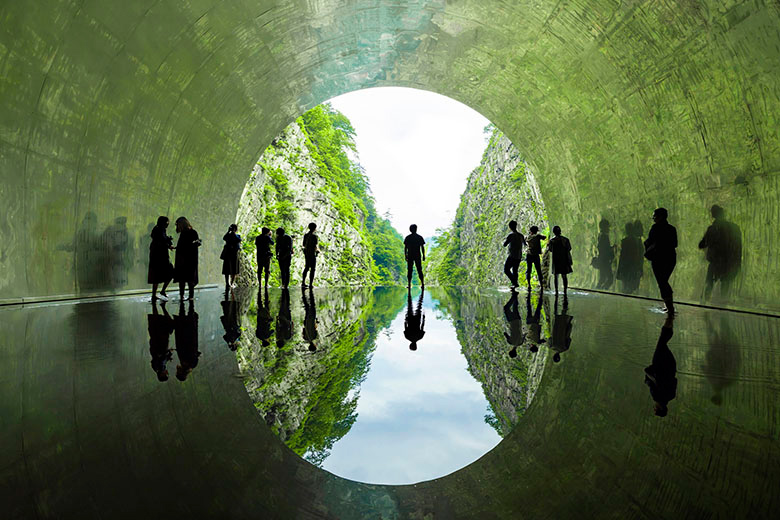Tokamachi is a rural city in southern Niigata Prefecture dotted with gorges, canyons, and rice fields. Tokamachi and neighboring Tsunan town have emerged as centers of art and culture thanks to the long-running Echigo-Tsumari Art Triennale, which sets contemporary art among the picturesque natural setting. Although the event is only held once every three years, its popularity has created a welcoming tourism infrastructure so visitors can enjoy nature and culture year-round.
Embrace Tokamachi's vibrant contemporary art scene
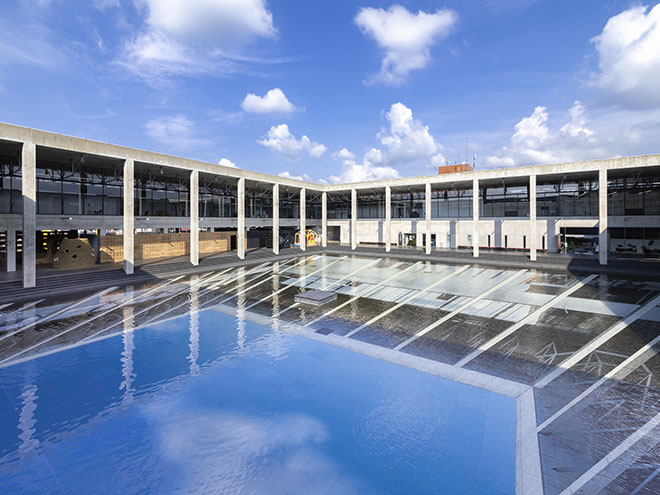
Many art lovers are drawn to Tokamachi and the surrounding areas to experience the Echigo-Tsumari Art Field, which includes the Echigo-Tsumari Art Triennale event held at the Echigo-Tsumari Satoyama Museum of Contemporary Art, KINARE. Inspired by the idea that “humans are part of nature,” the Echigo-Tsumari Art Field seeks to connect people to nature and each other. They encourage this link through approximately 200 modern artworks by international artists, dotted around 200 villages in the area, including Echigo-Tsumari Satoyama Museum of Contemporary Art, KINARE.
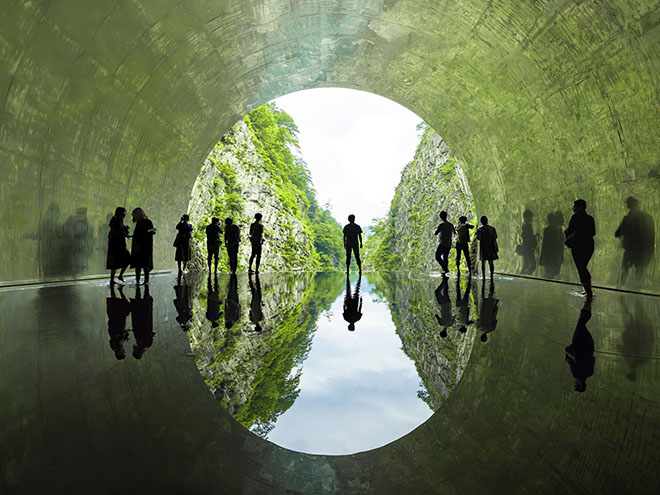
Blending traditional and modern architecture, the Echigo-Tsumari Satoyama Museum of Contemporary Art, KINARE was designed by Hiroshi Hara, an architect famed for Kyoto Station and the Umeda Sky Building in Osaka. The museum is structured to blur the edges between indoors and outdoors, and natural and human design.
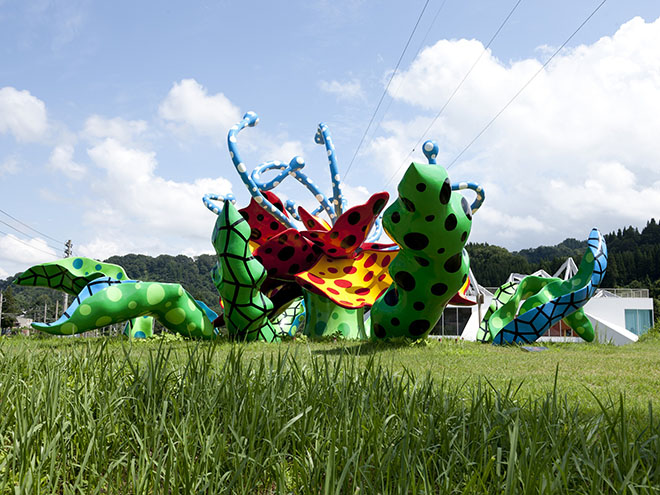
Tokamachi's year-round art prominence goes hand in hand with the Echigo-Tsumari Art Triennale. This international art festival has been held here every three years since its inauguration in 2000, with the next iteration set for 2021. Visitors can enjoy between 100 and 200 new pieces of art at each festival.Note that you can still enjoy viewing the remaining art works in the years between this triannual event.
- Organization name:
- Echigo-Tsumari Art Field
- Address:
- Tokamachi, Niigata
- Languages available:
- Japanese/English
- Email:
- info@sanshohouse.jp
Year-round hospitality at Sansho House

Experience Tokamachi through communal warmth and local hospitality at Sansho House. The guesthouse is in a repurposed elementary school, a wooden structure built over 60 years ago. It sits atop a hill overlooking three villages: Kotani, Mizunashi, and Oarato. Sansho House's location in the Echigo-Tsumari Art Field is within easy reach of many of the region’s natural and cultural attractions. The art extends inside Sansho House; it hosts an in-house installation by Argentine conceptual artist Leandro Erlich called "Lost Winter."
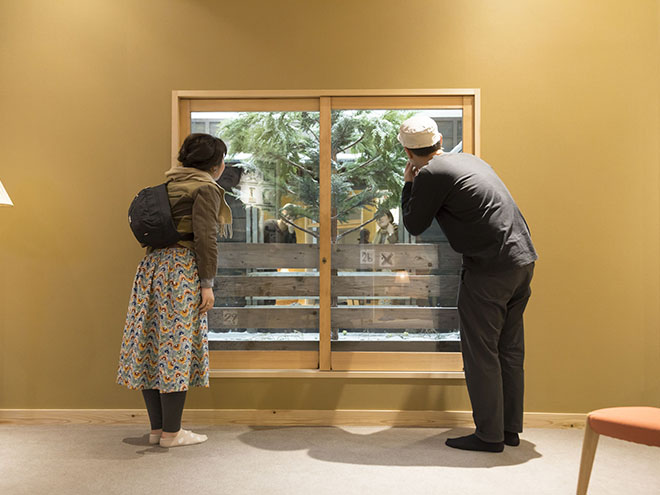
Sansho House offers 8- or 16-person dormitory-style rooms. There are no private rooms, and male and female guests room separately. A one-night stay costs 5,800 yen (for groups of 10 or more), including dinner and breakfast.
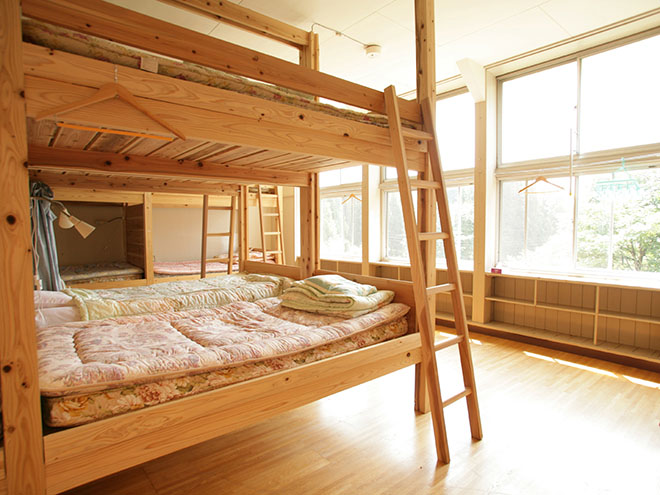
These home-cooked meals use locally sourced, seasonal ingredients such as rice from rice terraces in the Echigo-Matsunoyama district nearby, hand-made pickles, and specialty miso. Meals at Sansho House take place in a common dining area that used to be a classroom.
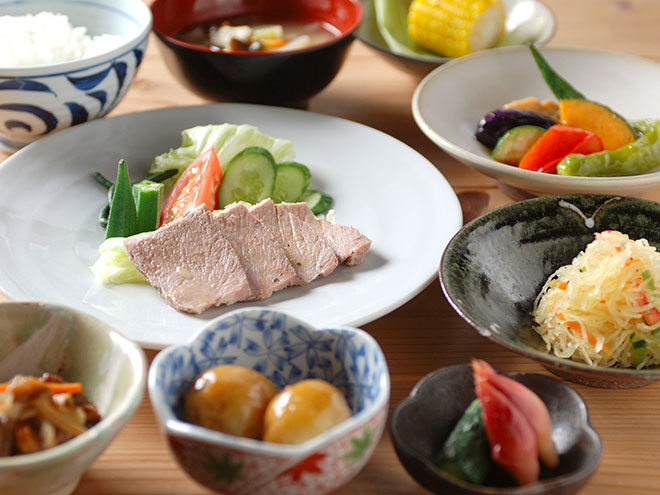
Sansho House is accessible by taxi from Matsudai Station on the Hokuhoku line, a 45-minute ride from Echigo-Yuzawa Station on the Joetsu Shinkansen. It takes about three hours by car from Tokyo or two hours from Niigata City.
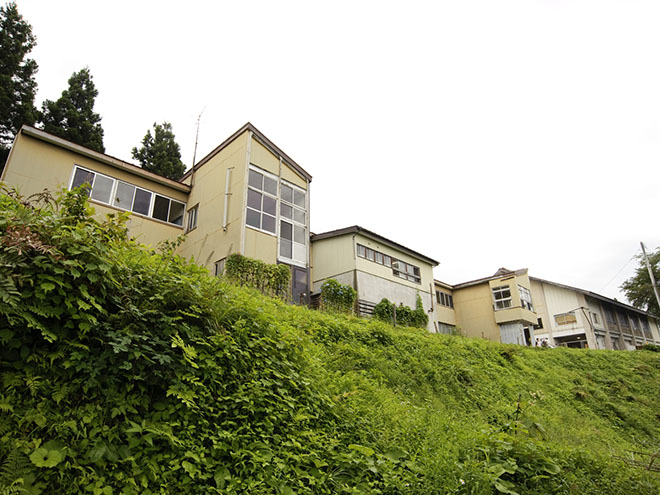
- Name:
- Sansho House
- Address:
- 327 Matsunoyamakotani, Tokamachi, Niigata
- Check-in:
- 4:30 p.m.–10 p.m.
- Check-out:
- 10 a.m.
- Price per person:
- 5,800 yen with half board (tax included). Must be a group of 10 or more.
- Languages available:
- English/Japanese
- Email:
- info@sanshohouse.jp
Traditional activities and outdoor exploration
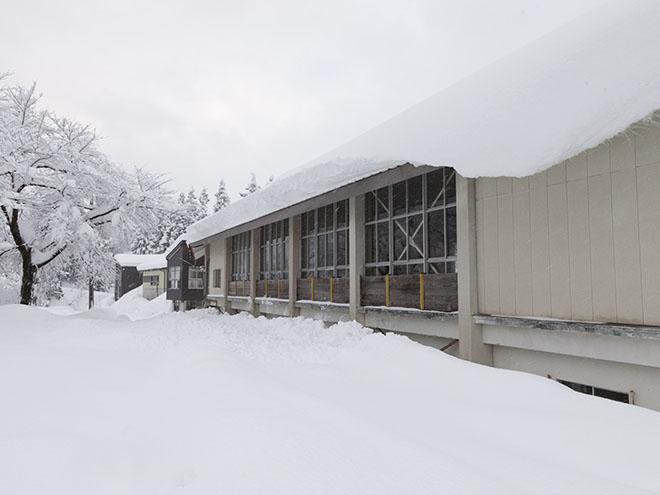
Sansho House's community-focused experiences and activities range from calm and traditional to active. Mochi-making is a particularly popular indoor activity, as it promotes teamwork, and its end-product can be enjoyed as part of a meal at the guesthouse.
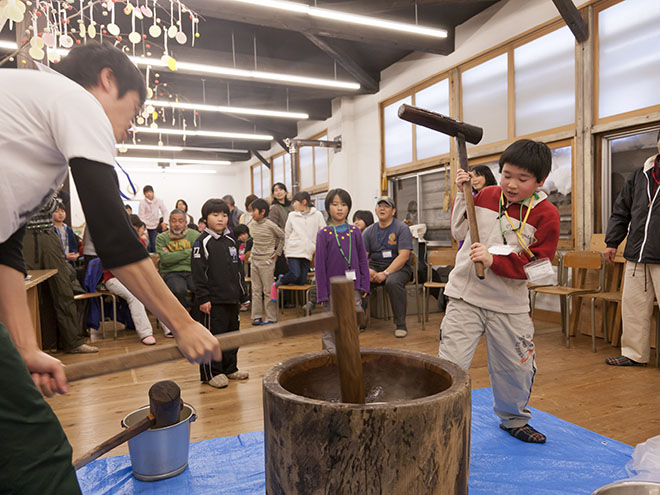
Outdoor activities during winter, when the surrounding play areas are covered in snow, include sledding and snowshoeing (snowshoes are available for hire). The Sansho House experiences for visitors from abroad are led by locals with English-language ability.
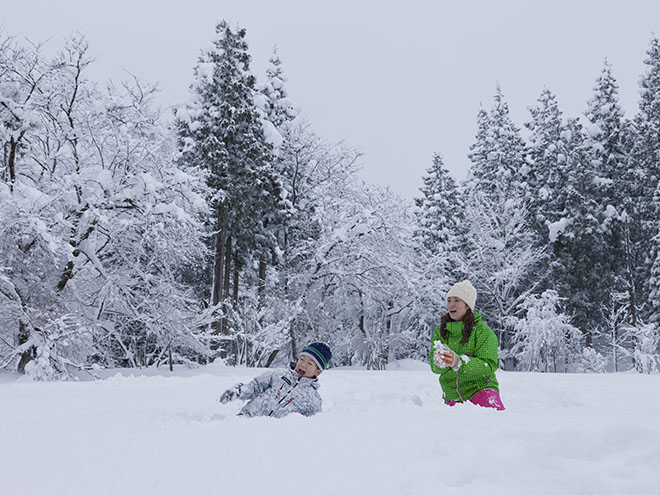
Guests at Sansho House can use the gymnasium space for free for such activities as racket- and ball-based sports. The space can also be booked out - for a fee - for special events, such as a seminar or film screening.
- Organization name:
- Sansho House
- Organization Address:
- 327 Matsunoyamakotani, Tokamachi, Niigata
- Program:
- Making mochi rice cakes, playing in the snow, etc. Must be a group of 10 or more.
- Fee:
- Varies depending on program
- Requirements:
- Sansho House guests only
- Languages available:
- English/Japanese
